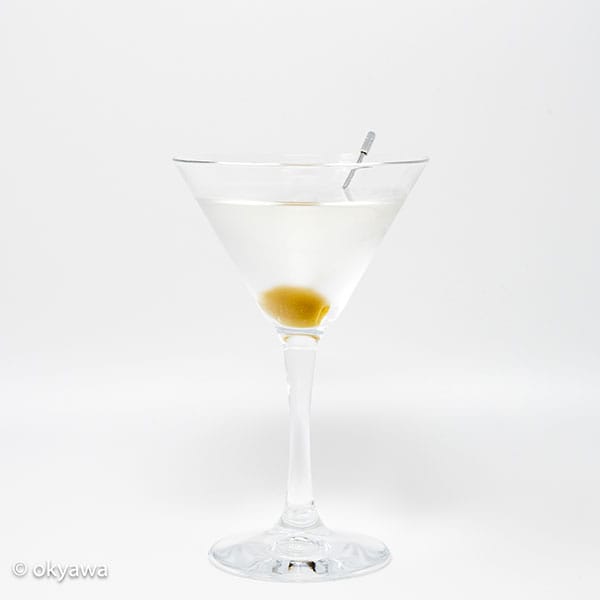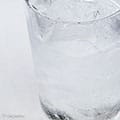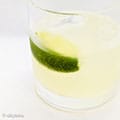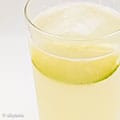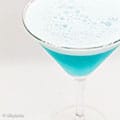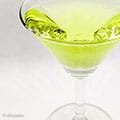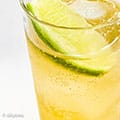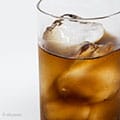Characteristics
Along with vodka, tequila, and rum, gin is one of the four major spirits in the world.
It is made by adding botanicals such as juniper berries and other aromatic and medicinal herbs (botanicals) to a base of grain spirits (distilled from barley, rye, corn, or other grains) and then redistilling.
The botanicals used vary from brand to brand, creating unique flavors and aromas.
History
Originally sold as a medicine in the Netherlands, gin, made from juniper berries, which have diuretic and detoxifying properties, became popular as a refreshing drink and was popularized under the name "junièvre" which is French for juniper berry.
It then spread around the world, becoming especially popular in England, where it was shortened from "junièvre" to "gin".
Early gin was not yet as advanced in distillation technology (single distillation), and sugar was added to the gin to reduce the unpleasant taste, it is called Old Tom Gin. In Old Tom gin, 1-2% sugarcane-derived spirits are added when diluting the gin extract to give it a unique mellow taste.
With the advancement of continuous distillation technology, dry gin (also known as London gin or English gin), which is dry and tasteless, has been produced, and most of the gins distributed today are dry gins.
Gin Cocktails
Beefeater, Tanqueray, Bombay (Bombay Sapphire), and Gordon's are the traditional and standard four major gins, and in recent years, craft gins, which are full of character, have become popular.
Many brands of gin are colorless, clear, and easy to drink, and are used as ingredients in a variety of cocktails, including popular cocktails such as martinis, gin and tonics, and gimlets.


